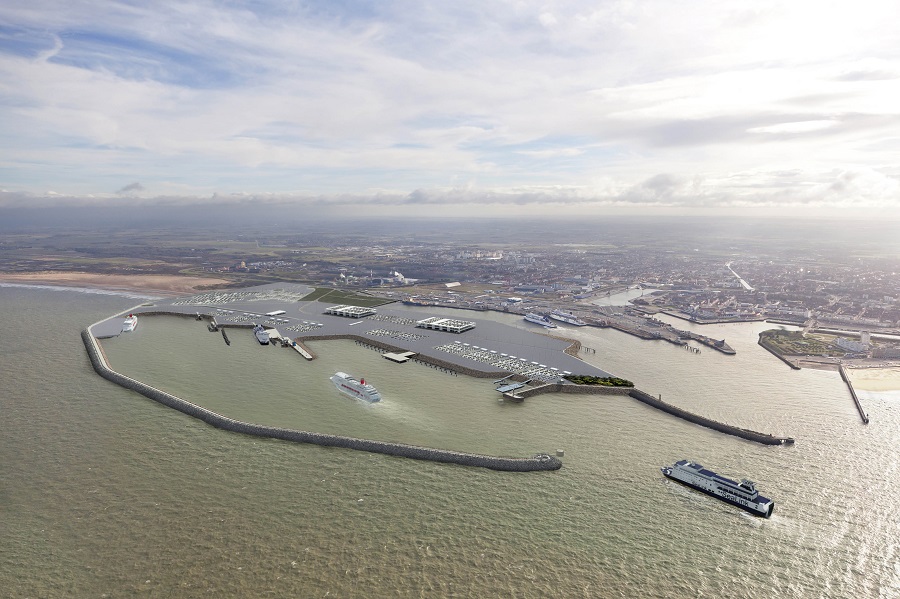With freight traffic between Dover and Calais expected to rise by 40 per cent by 2030, the importance of strengthening the route between the two independent ports is the focus of cross-Channel collaboration and major investment.
Seeking to protect the long-term resilience of this internationally important trade link, described as a ‘European motorway of the sea’, the BRIDGE Project brings together the Port of Dover and Port of Calais.
The BRIDGE Project, which aims to ensure that Dover and Calais are part of European efforts to create a fully integrated freight corridor combining road, rail and maritime transport and linking the UK with Northern France, Benelux and North-East Spain, was recently unveiled at a joint event held in the French port.
Tim Waggott, Chief Executive, Port of Dover, said: “BRIDGE recognises that by collaborating we can complement each other and enhance the resilience of this international trade route.
“We connect the United Kingdom and the Republic of Ireland with the continental mainland, so it is essential that Dover works closely with our opposite numbers in Calais. By developing efficient port facilities and transport connections on both sides of the Channel we will be perfectly placed to meet the needs of our customers, communities and strengthen the local economies.”
Calais Port 2015 sets out plans to increase capacity through the development of a new harbour, a new cross-Channel terminal with a further three cross-Channel berths and one Ro-Ro berth, and 80 hectares of new platforms.
To handle the increased traffic, Calais, like Dover, is reorganising cross-Channel traffic flows and the road networks in and around the Port. Major investment being undertaken under the Calais 2015 banner also includes the development of a rail motorway terminal linking the port in Nord-Pas de Calais with Perpignan in the south of France, enabling the transhipment of trailers between rail, road and ferry in the Port.
Currently the busiest Roll–on Roll–off (Ro-Ro) ferry terminals in Europe, the Port of Dover handles 2.2 million freight vehicles, of which 80% travel to Calais. The Kent port also welcomes 13 million passengers every year.
In the short term, the BRIDGE project will ensure that the two ports operate efficiently by adapting the berths to the highest technical standards of ship accommodation, as well as focus on enhancing the local transport networks to improve the resilience of the trade route.
At the Port of Dover, three berths are being enhanced with two piers recently extended. To improve short-term operational performance and safety on the Kent side of the English Channel, a further three major berths will be refurbished by 2015.
The event follows the recent visit to the Port of Dover by Shipping & Ports Minister Stephen Hammond, where he set out plans for Dover to continue as a Trust Port. He has also agreed that Dover Harbour Board should be granted greater financial powers and flexibility by allowing it to enter joint ventures and borrow against its assets. These changes will allow the Board to raise substantial funds to invest in the future.
The Ports of Dover and Calais, each recognised by the European Commission as strategically important, and designated as ‘core ports’ under the TEN-T network 2014-2020, have been working together on the BRIDGE Project.
Held at the Chambre de Commerce et d’industrie Côte d’Opale in Calais on Friday 11 April, the event enabled the Port of Dover team the opportunity to present its plans to relocate the cargo operations from the Eastern Docks to the Western Docks which would create 600 new jobs for the area and protect a further 140 jobs.
During the event, and in presence of key stakeholders, a Memorandum of Understanding was signed by Nord-Pas-de-Calais Regional Council, the owners of the Port of Calais, the Côte d’Opale Chamber of Commerce and Industry, which manages the port, and Dover Harbour Board.





















